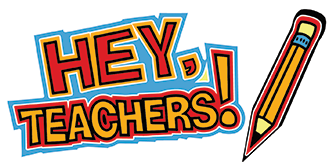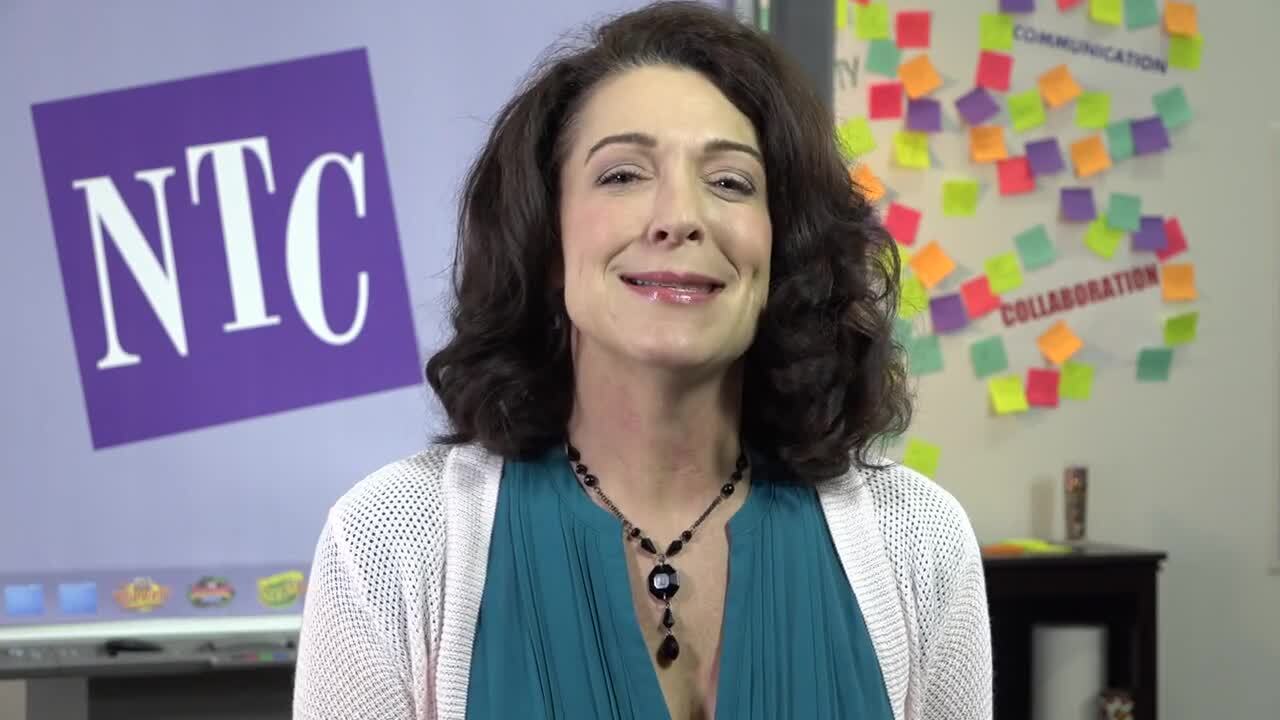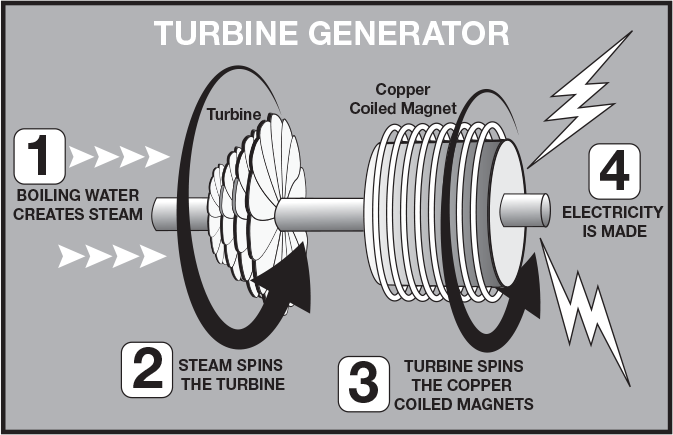The Solar Power Challenge
Objective
Students will identify photovoltaic solar power as a source of energy. Students will explain what happens when a photovoltaic cell is shaded. Students will understand why we can’t rely solely on this resource for energy.
Purpose of Activity
Read or Listen, Identify Details, Apply Skills
21st Century Skills
Critical Thinking
Cognitive Level
Critical Thinking, Collaboration
Class Time
4 class periods of 45 – 60 mins
- Day 1: Introduction and Research
- Day 2: Building the Prototype
- Day 3: Testing Prototype and Redesign
- Day 4: Testing of Redesign and Interpretation
Materials
Materials listed are enough for one group of 3-4 students.
Procedure
Divide the students into groups of three or four. Allow students to design their houses based on the templates. Make sure you have stiff paper that will be able to hold the weight of the solar panel. The students will also need a square of poster board to place their house on as a base.
Day one: Introduction and Research
Have students discuss their knowledge of solar panels – where they have seen them and how they work. After the discussion, let the students come up with some questions they may need to know before they create a house that will hold a solar panel. Have them write down their questions. As a class, look at the questions the groups came up with.
Research: On the student worksheet, there are links that the students can click on and watch to learn how solar panels work and how they create energy. Students will need to take notes. Have the students work quietly on their own notes and designs.
Bring the students together in their groups. Ask them if there is something they would add or change to their model. As a group, determine which house design will provide the best solar solution. Where should the solar panels go?
Have the groups use their research to create a model that will meet the criteria and constraints. Make sure they realize that they only have a limited time to build their prototype. The students will also need to have a look at what supplies are available for use. Groups must make a list of supplies. They will also need to have a detailed model with notes of the height of the house, the angle of the roof, where they are putting the solar panel and their prediction on how many watts of energy they will get.
Note: Some students may want to place their solar panel on the ground. If so, make sure they indicate at what angle the panel will be set.
Day two: Building your Prototype
Students build their prototypes.
Day three: Testing, Analyzing and Redesign
Teacher prep: Set up an area outside where the students can test their prototypes. Make sure that each group has access to the voltmeters. The students will need ten minutes to test their prototypes at least three times throughout the day. Suggested times would be first thing in the morning, around lunchtime and at the end of the day. The students will need time to redesign their prototypes and retest them.
Video on how to read a voltmeter: The Best Multimeter Tutorial (4:35 minutes)
Student groups can test their prototype, writing down the amount of energy they have created using solar energy. They will record the volts on the voltmeter. They will also need to record any observations they may see (example: angle is off, roof is too steep, roof is too weak, etc.).
Once the group has tested their prototype, the students need to answer the analysis questions. Students will then get an opportunity to redesign and update their prototype. Explain that this is not a time to start over from the beginning. This is the time to look at the problems and use different ideas to come up with a solution. Allow time for the students to make the changes to their prototype and test again. Record their data and observations on data table.
Day four: Testing Redesign and Analyzing Data
Allow students to test their redesigns and analyze the data.







